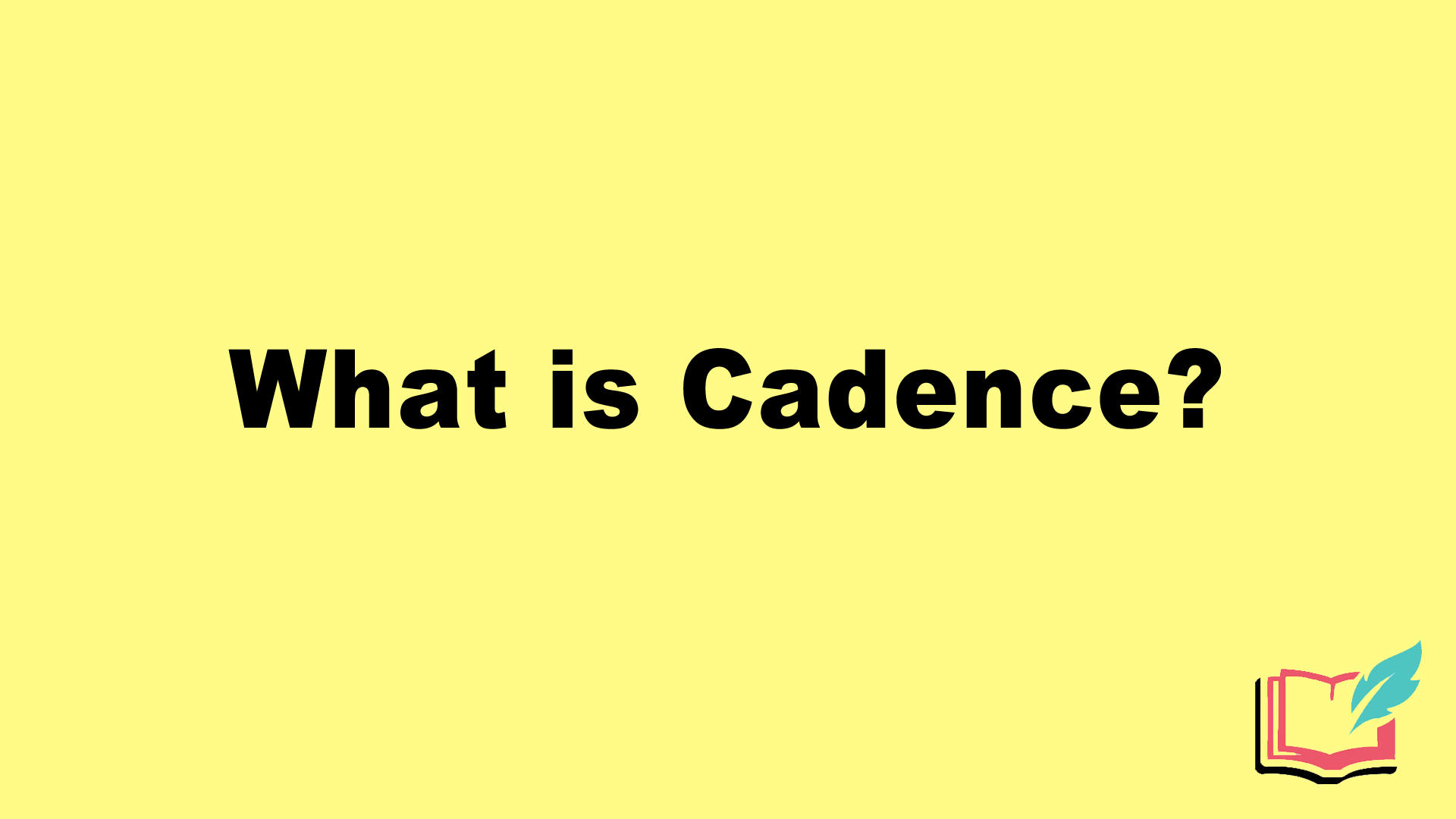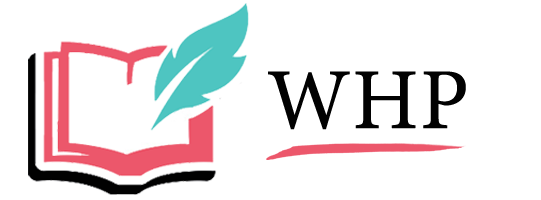
Cadence is a literary device used to indicate the rising and falling of the voice when reading words. Cadence also signals momentary changes in rhythm and pitch while reading poetry or prose. In both poetry and prose, cadence helps set a pace.
What is Cadence?
Melodic patterns arise while reading words. This is most notable in poetry where natural rising and falling of voice creates a certain melody. Authors vary their use of cadence depending on how closely they want to mimic normal human speech.
Some forms of literature wander away from typical speech patterns in order to create more artistic expressions of language. Others, however, maintain a cadence more typical to modern speech patterns. This stylistic choice will also affect the author’s tone.
In “The Wheelbarrow” by William Carlos Williams, cadence is used to slow down the rhythm. This poem is technically only one sentence, but the structure of the poem forces the reader to slow down significantly:
so much depends
upon
a red wheel barrow
glazed with rain
water
beside the white
chickens
Modern Examples of Cadence
Perhaps the most straightforward example of cadence is to notice how voice inflection changes when asking a question. In English, questions usually end with vocal inflections going up and this signifies to a listener that a question has been fully asked and they may now respond.
Sarcasm is another common example. With sarcasm, words have a whole new level of meaning than they did at face value.
In music, cadence is used both in musical notes and lyrics:
“Blue Jeans” by Lana Del Rey uses cadence in order to create a dreamy effect in this song about love. Her vocal pitch rises at the ends of certain phrases in order to convey intense emotion:
I will love you ‘til the end of time
I would wait a million years
Promise you’ll remember that you’re mine
“Whole Lotta Love” by Led Zeppelin uses cadence in order to bring more drama to their songs. Singer Robert Plant emphasizes certain phrases and words by varying speed of delivery and volume of voice:
Babe, baby, baby, I’m gonna leave you
I said baby, you know I’m gonna leave you
I’ll leave you when the summertime
Leave you when the summer comes a-rolling
Leave you when the summer comes along
In literature, cadence is most clearly observed in the format of poetry. Poets create cadence through use of meter, rhythm, and enjambment as well as their structuring of stanzas and uses of punctuation (or lack thereof) between lines/stanzas.
The Function of Cadence
Cadence adds a musical element to words, using melody in order to affect the way words come across. On a technical level, cadence affects the articulation of words and indicates to listeners how they should interpret the connotation of the words beyond literal meaning.
An author might choose to use cadence in thoughtful ways when there is pointedly more to what they have to say than what words can convey literally. Lyrical writers and poets rely on cadence to add layers of depth to their content.
The end result to a skillful use of cadence is an emotional depth in words which would not otherwise be noticed. Additionally, a layer of nuance and artistry comes through literary works that have a thoughtful element of cadence.
How Cadence is Used in Literature
“The Raven” by Edgar Allan Poe uses cadence to add melody to the words. If spoken aloud, the poem has a dance-like sound. The line breaks in the poem also affect cadence and set an intentional pace for reading:
Once upon a midnight dreary, while I pondered, weak and weary,
Over many a quaint and curious volume of forgotten lore—
While I nodded, nearly napping, suddenly there came a tapping,
As of some one gently rapping, rapping at my chamber door.
“’Tis some visitor,” I muttered, “tapping at my chamber door—
Only this and nothing more.”
“The Yellow Wallpaper” by Charlotte Perkins Gilman is a short story that provides an example of how cadence is used in prose. Towards the end of the story, the action starts moving fast and the cadence created by the structure of the prose affects the pace at which the reader experiences what is happening. Notice how quickly this passage tends to be read:
Why there’s John at the door!
It is no use, young man, you can’t open it!
How he does call and pound!
Now he’s crying for an axe.
It would be a shame to break down that beautiful door!
“John dear!” said I in the gentlest voice, “the key is down by the front steps, under a plaintain leaf!”
That silenced him for a few moments.
The he said – very quietly indeed, “Open the door, my darling!”
“Nancy” by Robert Bloomfield uses cadence to create a decadent, rich cadence which reminds us of a love song. This example takes a much slower journey with the words:
You ask me, dear Nancy, what makes me presume
That you cherish a secret affection for me?
When we see the Flow’rs bud, don’t we look for the Bloom?
Then, sweetest, attend, while I answer to thee.
When we Young Men with pastimes the Twilight beguile,
I watch your plump cheek till it dimples with joy:
And observe, that whatever occasions the smile,
You give me a glance; but provokingly coy.
Recap: What is Cadence in Literature?
Cadence’s roll is to indicate a rising and falling of vocal tones while reading. The resulting variances in rhythm and melody of a literary work will affect pacing and is important in poetry and prose alike.
In everyday English, cadence is used to indicate certain conversation cues. For example, ideas rooted in sarcasm will have a particular cadence and the way questions are posed will utilize a change in pitch at the end of the question. In this way, cadence adds depth beyond the literal meaning of a set of words.
John Donne, one of the English language’s most famous romantic poets, uses cadence to create a sense of whimsy in the poem “Go and Catch a Falling Star.” You can see this in the brevity of each line of the poem:
Go and catch a falling star,
Get with child a mandrake root,
Tell me where all past years are,
Or who cleft the devil’s foot,
Teach me to hear mermaids singing,
Or to keep off envy’s stinging,
And find
What wind
Serves to advance an honest mind.
If thou be’st born to strange sights,
Things invisible to see,
Ride ten thousand days and nights,
Til age snow white hairs on thee,
Thou, when thou return’st, wilt tell me,
All strange wonders that befell thee,
And swear,
No where
Lives a woman true, and fair.
If thou find’st one, let me know,
Such a pilgrimage were sweet;
Yet do not, I would not go,
Though at next door we might meet;
Though she were true, when you met her,
And last, till you write your letter,
Yet she
Will be
False, ere I come, to two, or three.
